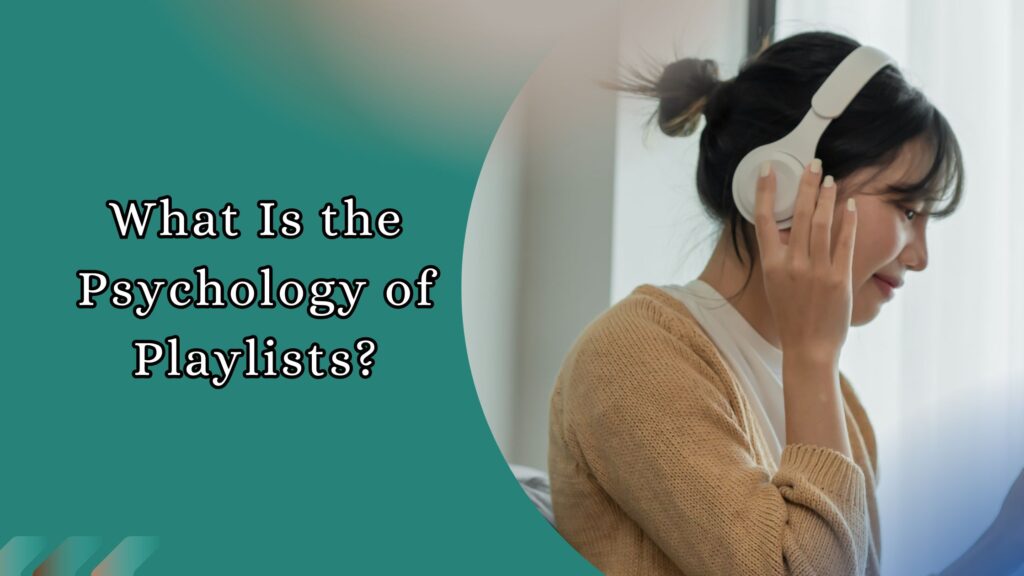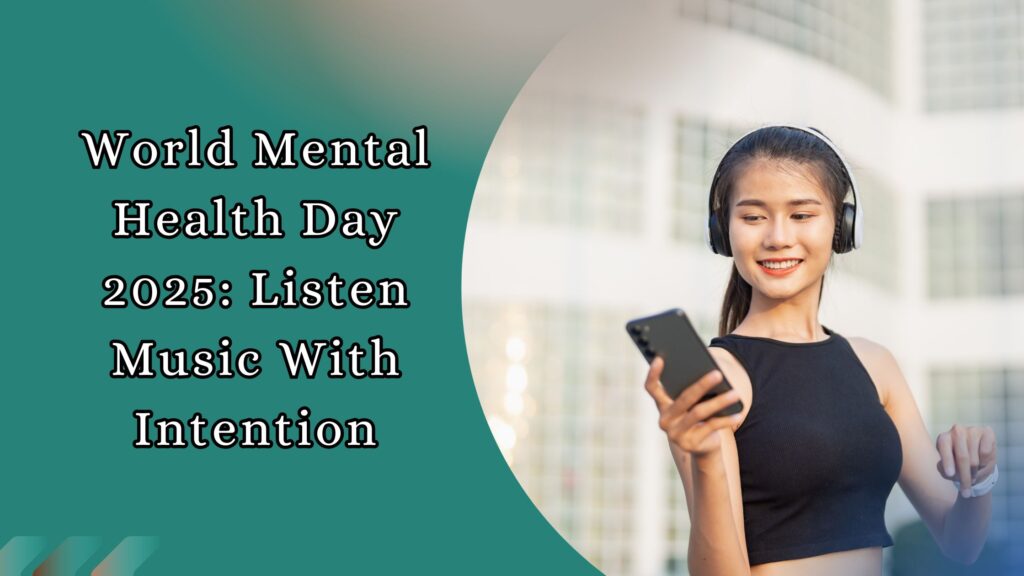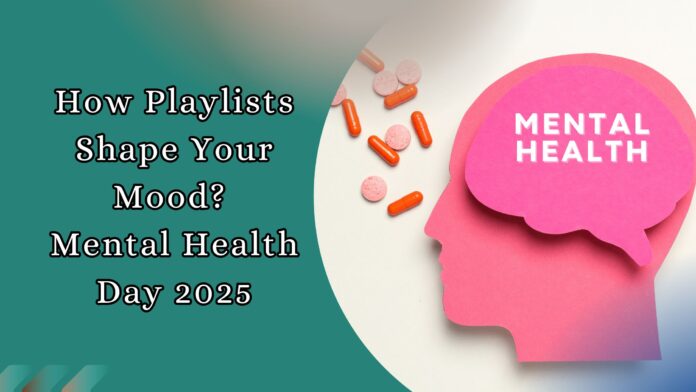Have you ever noticed how a single song can flip your entire mood? One moment you’re calm, and the next, a nostalgic tune pulls you into a wave of emotions. Or maybe an OG hip-hop number suddenly makes you feel unstoppable. It’s not random; it’s chemistry. Our brains, though unique in their wiring, react to music in surprisingly similar ways. Music and mental health are deeply connected, and understanding this connection can help you take control of your emotional well-being.
Music isn’t just sound; it’s emotional chemistry in motion. And as we observe World Mental Health Day 2025, it’s a reminder that taking care of your mind doesn’t always need to be complicated. Sometimes, it can start with something as simple and accessible as your playlist. Mood-boosting playlists can be a surprisingly powerful tool for maintaining emotional balance.
So, how does the music you listen to really affect your mind? Why do some tracks calm you, while others make you feel anxious, emotional, or alive? Let’s break it down.
Note: TheFitInside’s focus on mental health awareness this year is about finding small, everyday tools to protect your peace of mind. This article is meant for informational purposes only and should not replace professional advice. Please consult a doctor if you’re experiencing severe anxiety or depression.
How Does Music Affect Your Mental Health?
Music has the power to shape your mood in a big way. It can make you feel anxious, calm you down, or even lift your spirits, and it all depends on what you are listening to. If you play a sad song, you might actually feel comforted because of the prolactin hormone that helps ease emotional pain. On the other hand, a high-energy metal track can make you feel pumped as adrenaline kicks in, giving you the boost to crush your next workout or tackle anything on your to-do list.
Even certain playlists can help you manage symptoms if you struggle with conditions like anxiety disorder. Listening to music intentionally can be a small but effective tool to keep your nervous system calmer throughout the day. Curated playlists for mood are becoming increasingly recognized for their therapeutic potential.
A 2019 study by the Canadian Center of Science and Education found that college students who listened to classical music had noticeably lower anxiety. This shows how a thoughtfully curated playlist can genuinely influence your mood and mental well-being.
Why Does Music Instantly Change My Mood?
When you hit play on a song, your brain doesn’t just hear sound; it reacts. The tempo, beautiful rhythm, sweet melody, crazy beats, and the deep lyrics all trigger electrical and chemical responses. Fast beats can increase your heart rate and give you energy, while slow, mellow tracks can slow your breathing and bring calm.
Even the memories and emotions tied to songs play a role. A track from your teenage years might instantly make you nostalgic or emotional, while a motivational track can give you a surge of oozing confidence. Your brain predicts patterns in music, which creates anticipation and a reward system; therefore, it shapes your mood almost instantly.
And as Elton John has aptly noted: “Music has healing power. It has the ability to take people out of themselves for a few hours.” When you listen intentionally, you can tap into that power and use it to shift how you feel, whether you want to relax, focus, or energize yourself. This is one of the most direct ways how music affects emotions in everyday life.

What Is the Psychology of Playlists?
Your playlist is more than a collection of bunch of songs. It is a reflection of your personality, mood, and emotional needs. People tend to create playlists that mirror how they feel or how they want to feel. You might have a “get through work” playlist, a “feel better” playlist, or even a “let off steam” playlist.
Curating your playlist intentionally can help with emotional regulation. According to the International Journal of Research (IJR), Native American, Celtic, and Indian stringed instruments, drums, and flutes are very effective at relaxing the mind even when played moderately loud. This shows how the right playlist can truly shape your mood..
By understanding what songs trigger relaxation, motivation, or comfort, you can use music as a tool to navigate your day better. This is why some people stick to certain genres or songs when they are stressed, sad, or needing a boost. Using mood-boosting playlists intentionally can amplify these effects.
Related: Creative Ways to Relieve Stress!
How to Curate a Mood-Healing Playlist
You don’t need to be a music expert to create a playlist that actually helps your mind. Here’s how to do it:
- Identify your emotional goal: This should be your first step; identify what you want: calm, focus, or energy?
- Mix different genres: Avoid sticking to just one tempo for too long.
- Include relaxing tracks: Maybe some good Bollywood romantic tracks, Indie pop, or similar songs that make you feel safe and understood.
- Add energizing tracks: Songs that give you an adrenaline boost when needed, like hip-hop, techno music, or metal.
- Test and track your response: Pay attention to how your mood changes and adjust the genres and tracks accordingly. This is the essence of curated playlists for mood management.

World Mental Health Day 2025: Listen to Music With Intention
This World Mental Health Day, remember that mental wellness can come from small, daily habits. Therefore, listening to your playlist with a particular intention is one of them. Instead of just playing songs in the background, use them to set your mood, regulate stress, or uplift your energy.
Your playlist should act like a therapy if you allow it to be. Choose songs that serve your mental well-being, notice how they make you feel, and adjust as needed. Mental wellness with music is simple, accessible, and effective. Music is one of the simplest tools available to you, and when used thoughtfully, it can make a real difference in your emotional health.

